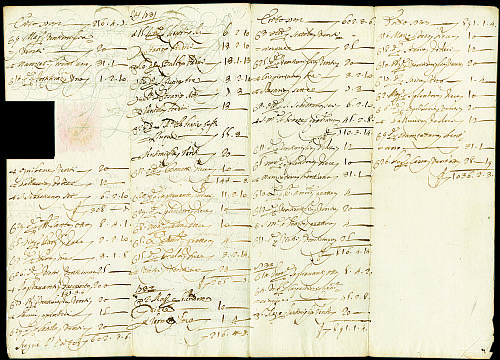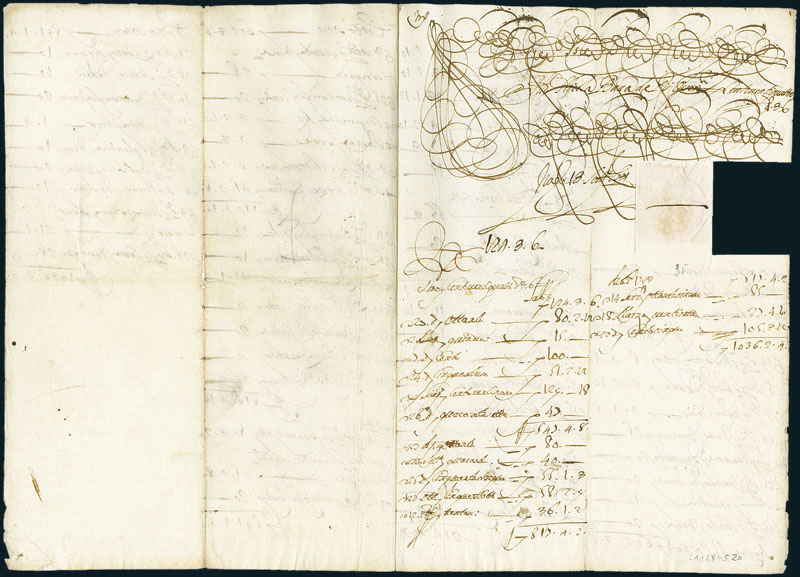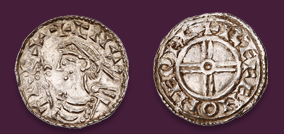Auction: SW1008 - Bonds and Share Certificates of the World
Lot: 215
Banco di S. Salvatore. Fede di credito (Credit letter) for 128 Ducati, 3 Tari und 6 Grana, Napoli, 13. September 1731. These negotiable and transferable “fedi di credito” where invented by the banks in Naples in the middle of the 16th century. The Banco of Salvatore or S.S. Salvatore was established in 1640 and the only out of eight banks in the city of Naples which was founded without a connection to a religious institution. It was created by the initiative of flour tax collectors. This “gabella” was often bought by private individuals "arrentatore" and could very profitable. The bank’s original name was “Cassa di Credito della Gabella e delle Farine”, but was better known as Banco del Salvatore, from the name of the street — Via del Salvatore — where the Bank was located. The bank had difficult times: In 1647 it went bankrupt for the first time but, after an agreement between the creditors, was able to open again after three years. It stopped payment another 4 times 1664, 1681, 1701 and 1794. 11 June 1806 it was finally closed by Joseph Napoleon because assets were insufficient to cover liabilities. Joseph Bonaparte (1768-1844) was the elder brother of Napoleon Bonaparte, and was appointed by him king of Naples (Giuseppe I) from 1806 to 1808, then King of Spain (José I) from 1808 to 1813. These certificates are handwritten on laid paper and have a watermark. Paper cut for application of printed seal. The individual transaction on these “fedi” were called "conto" - nowadays a central expression in banking – “Konto, Compte, Account …”. More see: "Le Fedi di Credito dei Regni di Napoli e di Sicilia" - Portafoglio Storico - Bologna 2013 (160 pages). VF.
Sold for
SFr280







